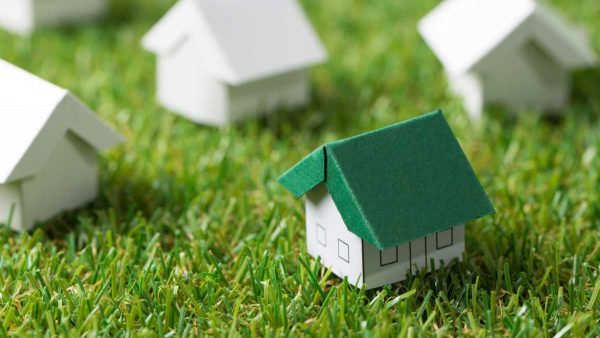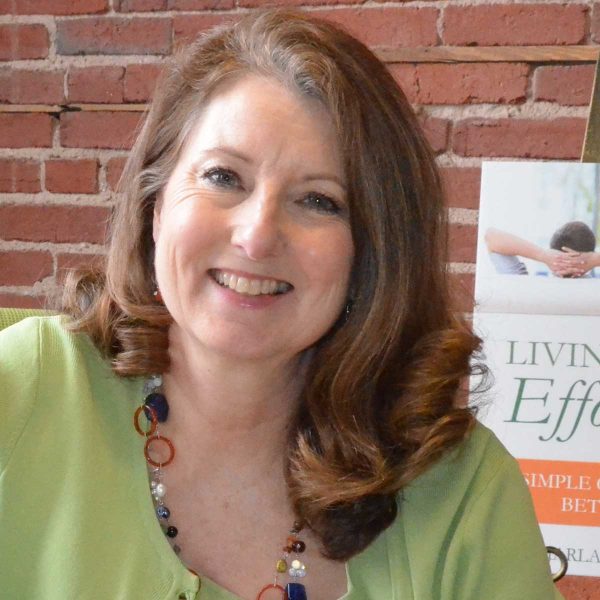Blog


I recently spoke with Marla Esser Cloos about owning a green home and what it takes to make a home green. Marla’s Green Gab Podcast discusses sustainability without sacrificing quality or going overboard on price. She has also written a book with practical steps a home owner can take to start living in a healthier home.
In our meeting, we talked about how having a healthier home is not as expensive as some people think. When people hear the phrase “energy efficient” they tend to start thinking about lofty price tags, but that actually isn’t very accurate.
Here are some of the key takeaways from our conversation:
Q: What is the definition of a “Green Home”?
A green home can mean so many different things. But the way I help people wrap their head around the concept is by using a holistic approach. A home is a system of systems. Many systems are working together to make one larger system. The main principles of a green home are to make each of these systems work so well together that your home lasts as long as possible and has as little environmental impact as possible.
I actually have a new online course available called “What Makes a Green Home Green.” And in that course I talk about incremental changes you can make and the five areas of a home you need to focus on to make a home green. Those five areas are:
- Place (landscaping, area)
- Resource Efficiency (the materials in framing and structure itself)
- Energy Efficiency (how well your systems work with your structure, a.k.a. heating and cooling lighting, etc.)
- Water Efficiency (you should be using all low-flow certified fixtures inside and out)
- Breath (Indoor air quality, the most important for health. Not just chemicals, but moisture too)
The bonus area: How to care for and pay for your home.
Q: Why should a person be concerned with having a “Green Home”?
You have the opportunity to make a better choice. And you have the opportunity to make your home more livable and longer lasting. For example, roof color can have a huge affect on more than just an outward appearance. A black roof in the Oklahoma summer is going make your attic very hot which is going to hurt your HVAC system which is most likely in your attic.
Poor air quality can be incredibly detrimental to a home. Too much moisture in the air is a breeding ground for harmful mold and mildew. Harmful particulate in the air is bad for your body as well. Plus, if a family member has asthma or allergy issues, those issues are only going to be heightened if the air that are breathing is not clean.
Making a green change in one area of your home can impact other areas as well. An improvement in water is going to have a positive impact on energy. An improvement in energy is going to lower your bills and your environmental impact.
Q: How do we know if a product is good for our homes and families?
Most manufacturers have green product lines available, they just don’t talk about it enough. Products can use “green labels” if they’ve been through the proper third-party testing. Energy Star is the brand we’re all probably most familiar with. But if you look at products close enough you can start to see labels like the recycling symbol, Energy Star, LEED or Green Building Certified, Green Guard, Green Seal, and Green-e.
You can know if you choose one of these products that they have been put through standards that you can trust in your home. I also work with my clients one-on-one and show them products I trust. You can find a lot of products I recommend on my website.
Q: Is maintaining a “Green Home” expensive?
Not if you do it right. Many green products are the same price or cheaper than the “normal” products on the market. Plus, if you’re swapping things out as you go along, it’s not going to be an expensive process. It will be exactly the same cost of normal maintenance, but it can lower overall home costs in the long run.
People think green homes are expensive, because they are always marketed as luxury homes. But remember, there are Habitat for Humanity homes all over the world that are green certified. So there is a spectrum of cost ranging everywhere from basic necessity to high luxury. It just depends on what you want.
Q: What are some ways for people to start working towards making their home “green”?
Product swaps! If you’re planning a remodel or replacing some product in your home like an appliance or the flooring. Choose the green option as the replacement. You don’t have to make your whole home green all at once. Just swap your current product for the more sustainable option.
Q: What are some resources people can trust to get more information about using green products in their home?
Lucky for you, I have a page on my website that compiles the basic advice and links to helpful resources I share with my clients. So if you are looking for ideas and advice, you can give me a visit there.

Let's Talk
Get in touch to get started on your roof today. We are happy to answer any of your questions. Feel free to schedule your free roof inspection as well.
